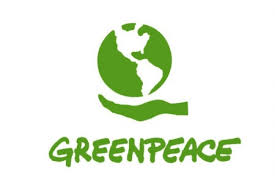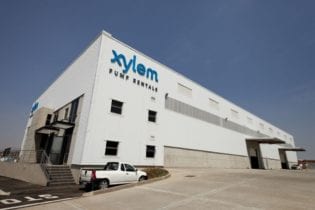The Deputy Minister of Water Affairs, Rejoice Mabudafhasi, chose the recent 16th World Wetlands Day to highlight the conservation initiatives on the community in Kareedouw in the KouKamma Local Municipality in the Eastern Cape, relating specifically to the Kromme River Catchment, which experienced a number of floods in 2006 which severely impacted the physical nature and sustainability of the river.
The Kromme River Catchment is a significant water source for the Nelson Mandela Bay Metropolitan (NMBM) in that it supplies 40% of Port Elizabeth’s water via the Churchill Dam, situated on the Kromme River. “In some places the river was gouged down to bedrock level, while in others large amounts of sediment were deposited by the receding floodwaters. We are here to evaluate the impact of the interventions we have implemented to address the abovementioned problems,” said Mabudafhasi addressing the community on World Wetlands Day at the beginning of February.Since 1996 the Department has – through the Working for Water Programme – started the extensive eradication of alien invasive vegetation. In 2001, the Department supplemented this work when the Working for Wetlands Programme kick-started rehabilitating wetlands in the Kromme River Catchment.
Over the past 11 years, 11 large gabions and concrete structures have been built at a total cost of over R10 million to combat erosion that continues to threaten the remaining large, intact wetlands. It is estimated that this work has improved water availability by approximately 32 00-0 litres of water per day per hectare cleared. World Wetlands Day marks the anniversary of the signing of the Convention on Wetlands of International Importance at the Iranian City of Ramsar on 2 February 1971. The United Nations General Assembly has also declared 2013 as the International Year for Water Cooperation, recognising that water is critical for sustainable development, human health and well-being. “This calls for conservation of our wetlands and other sources of water, as water is a catalyst for socio-economic development.”




